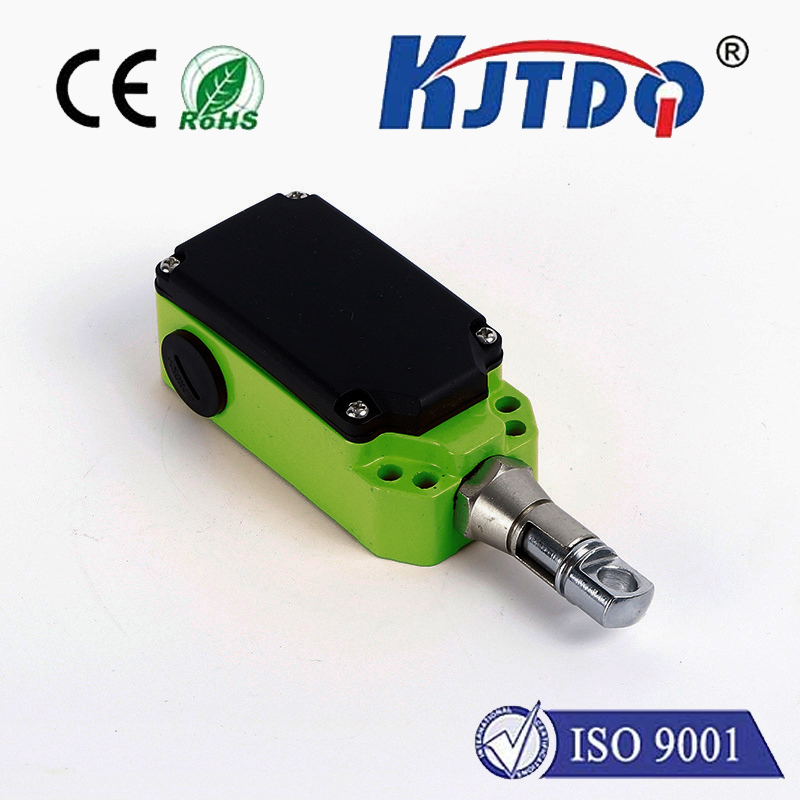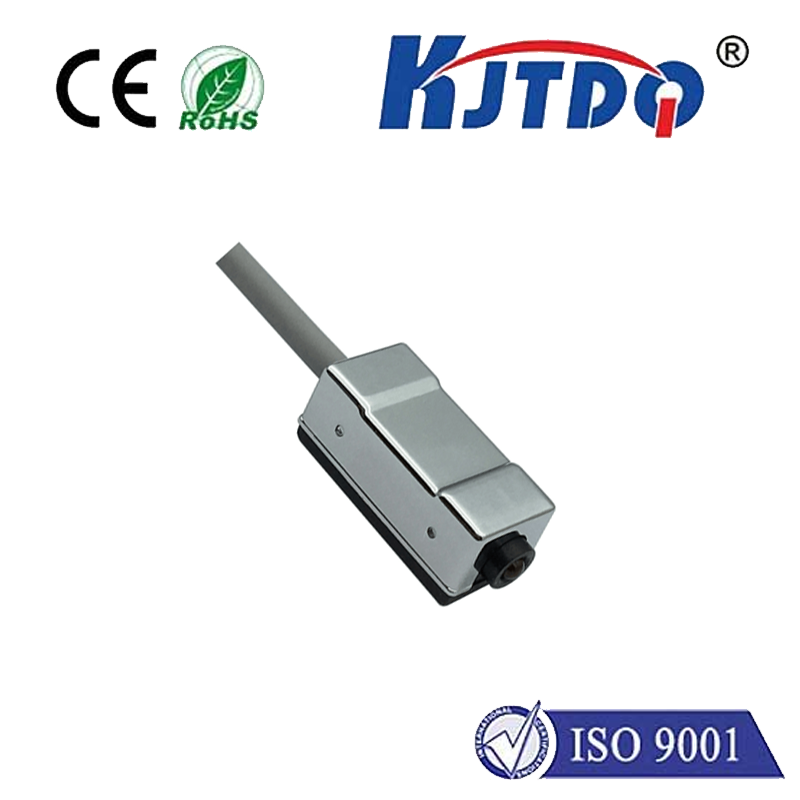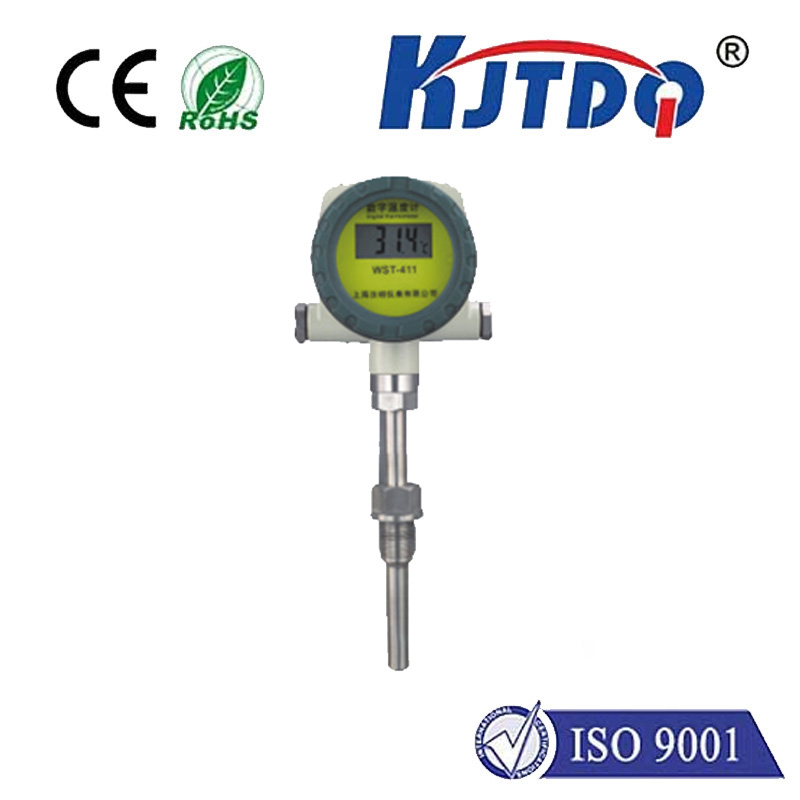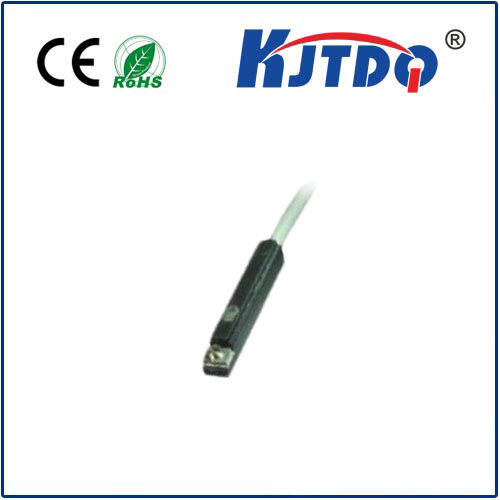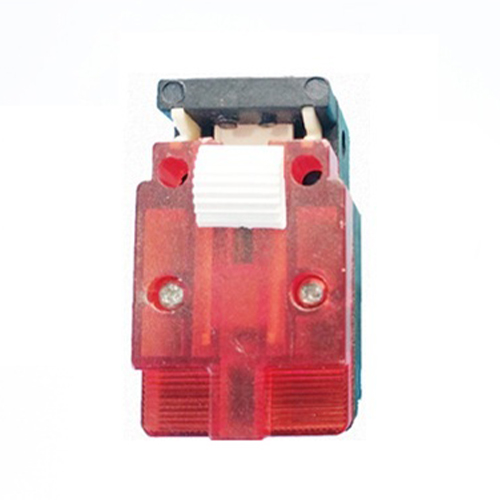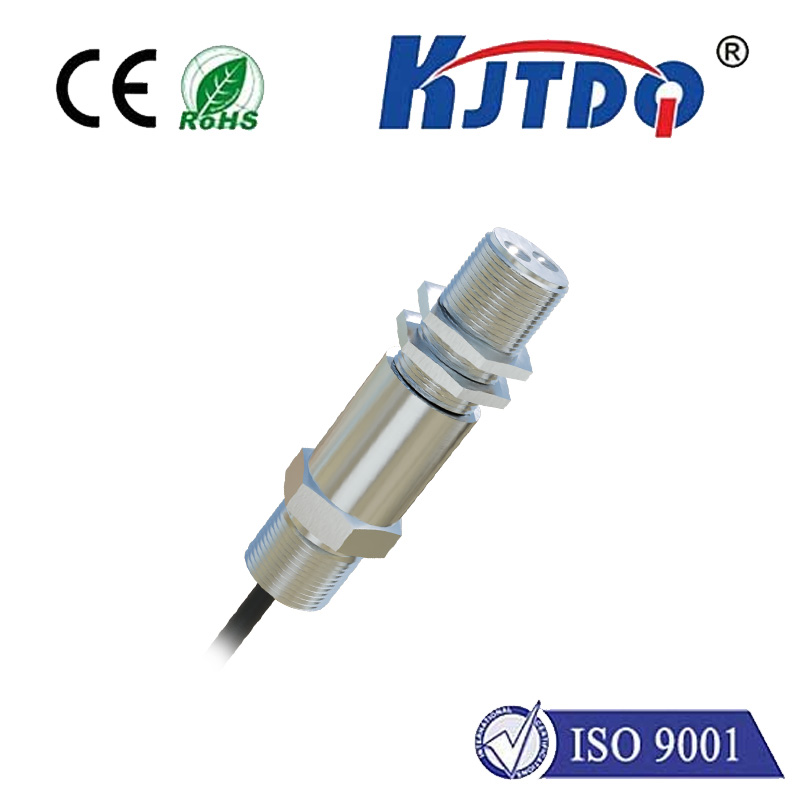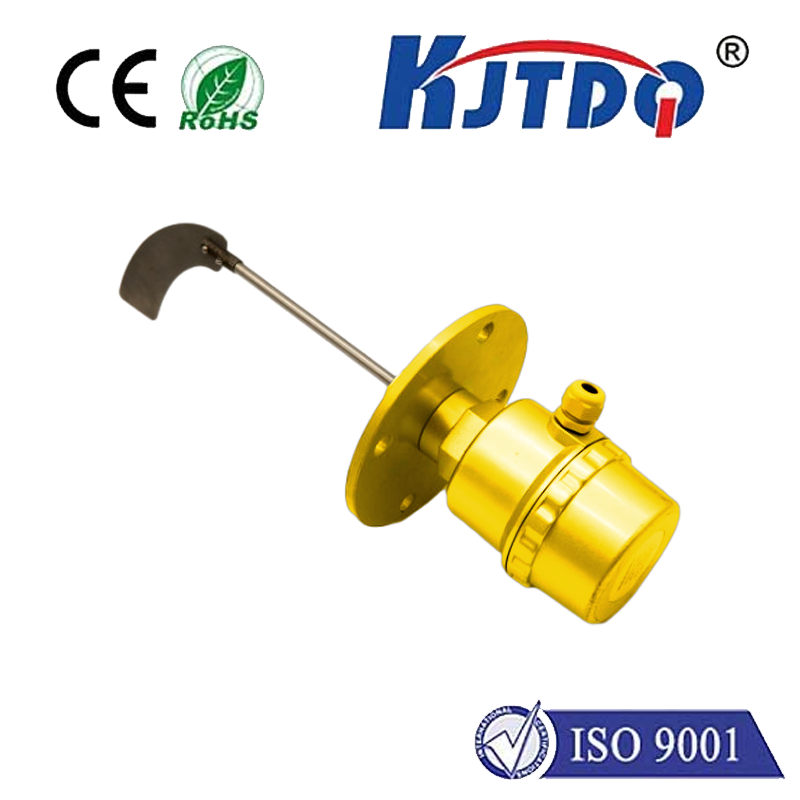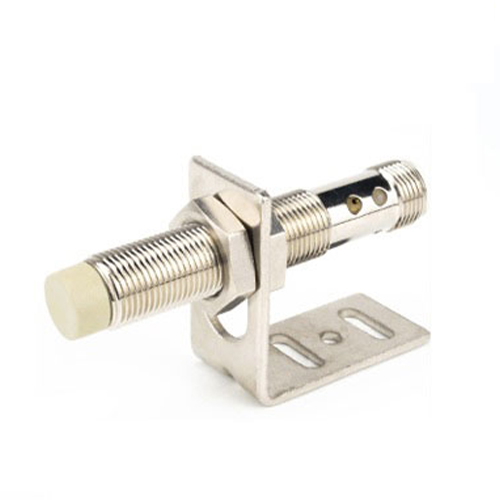cylinder proximity switch
- time:2025-06-19 01:35:15
- Click:0
Cylinder Proximity Switches: The Silent Sentinels of Industrial Automation
Imagine a critical production line suddenly grinding to a halt. The culprit? A faulty limit switch on a pneumatic cylinder failed to detect the piston’s position, causing a misalignment and costly downtime. This frustrating scenario is precisely where the cylinder proximity switch shines. These compact yet indispensable sensors are the unsung heroes of modern automation, providing reliable, non-contact position sensing for countless hydraulic and pneumatic cylinders driving machinery worldwide. Far more robust than mechanical alternatives, they operate silently, tirelessly, and with exceptional precision, ensuring processes flow smoothly and efficiently.
At its core, a cylinder proximity switch detects the presence or absence of a cylinder’s piston within its sensing range. Unlike traditional mechanical limit switches requiring physical contact, proximity switches rely on magnetic field detection or inductive principles. The most common type utilizes a magnet embedded in the piston itself. As the piston travels along the cylinder barrel, the magnet passes near the proximity switch sensor head mounted externally on the cylinder body. When the magnet enters the sensing range, it triggers a change in the sensor’s internal state, sending a discrete electrical signal (e.g., ON/OFF) to the machine’s control system (PLC). This signal confirms the piston has reached a specific, pre-determined position.
Fundamental Components and Operation:
- Sensor Head: This is the active component mounted directly onto the cylinder barrel. It houses the sensing element (reed switch, Hall effect sensor, or inductive coil) and circuitry to detect the magnetic field and generate the output signal. It comes in various form factors like rectangular, cylindrical (barrel style), or slotted.
- Piston Magnet: A permanent magnet is typically integrated into the piston (usually in a groove or cavity). Its magnetic field strength and polarity are designed to reliably actuate the specific proximity sensor used.
- Output Signal: Cylinder proximity switches primarily provide discrete signals – either a PNP (sourcing) or NPN (sinking) transistor output, or occasionally a simple dry contact relay output. This tells the PLC simply “Piston Here” or “Piston Not Here” at this switch location.
Why Choose a Cylinder Proximity Switch? The Compelling Advantages:

The shift from mechanical limit switches to non-contact proximity switches for cylinder position sensing is driven by undeniable benefits:
- Exceptional Reliability & Long Life: With no moving parts exposed to wear and tear, cylinder proximity switches boast incredibly long service lives. The absence of physical shock from contact eliminates a major failure point.
- Maintenance-Free Operation: Once properly installed, they require virtually zero maintenance. No lubricants, no adjustment of actuating arms, no cleaning of contact points – just reliable operation year after year.
- Superior Environmental Resistance: High-quality proximity switches are sealed to IP67 ratings or higher, making them immune to dust, dirt, oil, coolant splashes, and vibrations. This resilience is crucial in harsh industrial settings.
- High Switching Speed & Precision: They respond incredibly fast to the passing magnet, enabling detection of very high-speed cylinder movements with excellent repeatability and positional accuracy.
- Reduced Noise: The absence of mechanical clatter contributes to a quieter working environment.
- Ease of Installation & Adjustment: Many models feature simple clamp mounting onto the cylinder barrel. Adjustment often involves just sliding the sensor head along the cylinder body to the exact position needed, then tightening the clamp.
- Cost-Effectiveness: While the initial unit cost might be slightly higher than a basic mechanical switch, the dramatic reduction in downtime and elimination of maintenance costs deliver a significantly lower total cost of ownership.
Where Are Cylinder Proximity Switches Essential?
The applications are vast, spanning nearly every manufacturing and processing sector:
- Automotive Manufacturing: Detecting piston positions in welding robots, clamping fixtures, part transfer arms, and assembly tools. Ensuring sequence integrity is paramount.
- Packaging Machinery: Verifying case erector positions, product pusher cylinder extension/retraction, and sealing head movements for precise operation timing.
- Material Handling: Controlling stops and starts on conveyor lifts, palletizers, and automated guided vehicle (AGV) docking mechanisms.
- Plastics Injection Molding: Monitoring clamp cylinder position, ejector plate movement, and core pull cylinders.
- Food & Beverage Processing: Sanitary environments benefit from their sealed nature for tasks like fill valve actuation or product diverting.
- Machine Tools: Confirming tool changer positions, workpiece clamping status, and guard door lock verification for safety interlocks.
Selecting the Right Cylinder Proximity Switch:
Choosing the optimal switch involves considering several factors:
- Cylinder Type & Size: Compatibility with standard ISO cylinder profiles (like ISO 15552 / VDMA 24562) is common. Ensure the switch clamp suits your cylinder diameter.
- Operating Principle: Reed switch types are common and cost-effective; Hall effect sensors offer more precise switching points and are immune to magnetic fields from adjacent cylinders. Inductive types work without a piston magnet but require ferrous metal targets.
- Switching Distance: Ensure the sensor’s nominal sensing range is compatible with the magnet strength and cylinder specifications.
- Output Configuration: Choose PNP or NPN based on your PLC input module requirements. Consider current rating and voltage (typically 10-30V DC).
- Environmental Conditions: Verify the IP rating (dust/water resistance), temperature range, and resistance to chemicals or welding spatter matches the application.
- Connection Type: Options include fixed cables, quick-connect M8 or M12 connectors, or terminal blocks.
Integrating for Optimal Performance:
Correct installation is critical. Mount the sensor securely onto the clean cylinder barrel at the desired detection point. Ensure the piston magnet passes centrally within the sensor’s active zone. Avoid mounting multiple sensors too close together if they are sensitive to external magnetic fields to prevent crosstalk. Always follow the manufacturer’s specific mounting and wiring instructions.
Conclusion
The humble cylinder proximity switch is far more than just a simple sensor. It is a fundamental enabler of reliability and efficiency in automated systems. By providing maintenance-free, high-speed, and ultra-reliable position feedback for hydraulic and pneumatic cylinders, these switches prevent malfunctions, reduce downtime, enhance safety, and contribute significantly to smooth, productive operations. Understanding their function, benefits, and proper selection criteria empowers engineers and maintenance personnel to leverage these silent sentinels effectively, ensuring their machinery performs at its peak.














